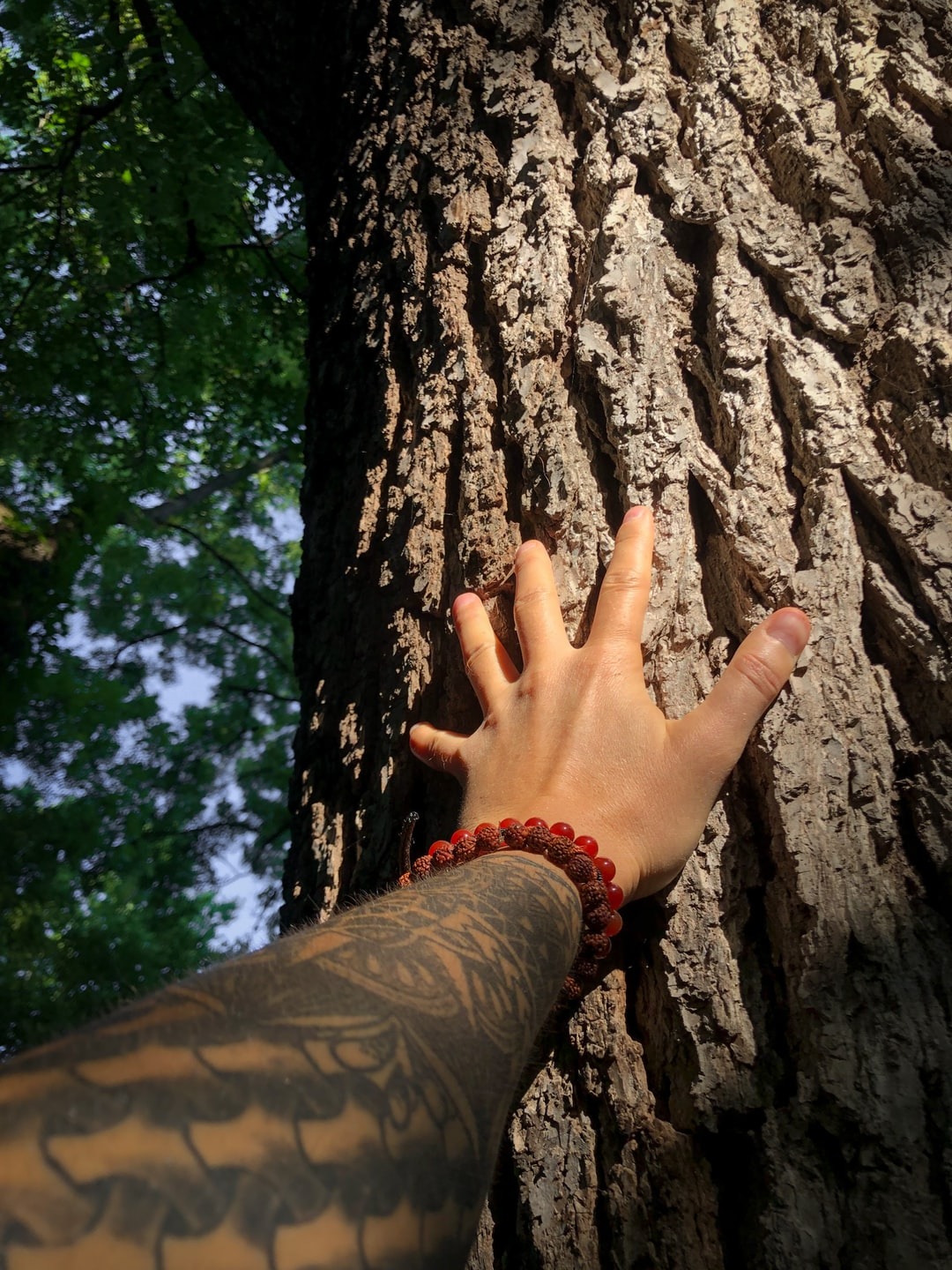When the brain experiences trauma, it creates a domino-like effect. The amygdala sends out signals of distress to the hypothalamus. The hypothalamus activates the sympathetic nervous system, starts the pituitary gland, and shuts down any nonessential functions. The pituitary notifies the adrenal glands. Adrenaline and cortisol are released into the bloodstream. The combination of all these things starts the fight, flight, freeze, or fawn response. The effect is nearly instantaneous.
The Long Term Effect of Trauma
Unfortunately, trauma can affect the brain long after the traumatic event has passed. For many people, the amygdala begins over-activating. It has a difficult time discerning between the present dangers and the past. This leads to the same series of events, except you don’t need the trauma response. The symptoms caused by this malfunction of the limbic system can be unsettling at best, and life-disrupting at worst.
If you’re coping with nightmares, agitation, hypervigilance, flashbacks, or hallucinations, staying present in your surroundings isn’t easy. Luckily, anyone struggling with the symptoms of trauma can learn mental coping mechanisms to help work through the difficult times. Grounding exercises are one of these many coping mechanisms.
How Can Grounding Exercises Help?
Grounding exercises allow you to create distance between yourself and your trauma symptoms. These exercises rely on physical surroundings, mental distractions, or body functions. Individuals with trauma may benefit the most from these exercises; however, any person can incorporate them into their daily routine for extra mindfulness. It is important to keep in mind that grounding exercises need to be practiced when in a calm state so that they can be implemented when in distress.
A few examples of grounding exercises include:
Five Senses Grounding
With five senses grounding, you:
- List five things you can see
- List four things you can feel
- List three things you can hear
- List two things you can smell
- List one thing you can taste
Category Grounding
Pick a random category. Do you have one in your mind? List five things in that category. Once you finish, pick another one; then, list five things in that category. Continue this until your symptoms have calmed.
Friction Grounding
Put your hand flat against a surface (or your other hand). Rub it as quickly as you can against the surface, generating friction. Imagine your emotions and anxieties dissipating with the friction. Eventually, slow the movement and imagine your heart rate, breathing, and thoughts slowing along with it. Bring your hand to a stop and breathe out any tension you have left. If this exercise is not physically possible, it can be done with another body part or mental imagery.
Rainbow Grounding
Look at your surroundings. Find the following:
- Something red
- Something orange
- Something yellow
- Something green
- Something blue
- Something purple
Texture Grounding
Extend your arms out as far as you can reach. As you bring your hands in, touch everything safe in their path. As you touch each object, describe the textures out loud. Is it hard, soft, fluffy, matted, or bumpy? Continue this until your arms are back down at your sides. If you are not able to do this with your arms, it can be altered to use your legs and feet.
Box Breath Grounding
To practice box breath grounding:
- Breathe in slowly through your nose for four seconds
- Hold your breath for four seconds
- Breathe out through your mouth for four seconds
- Pause for four seconds, then repeat
Many people choose to picture a dot moving around the sides of a square while doing this exercise. Another variation is to imagine a bubble inflating and deflating with your breaths.
Temperature Grounding
Make yourself a hot mug or cold glass of water. Take note of how the temperature feels against your skin. Take a slow sip. Bring your attention to how the temperature feels in your mouth. Swish it around if you’d like. Then, swallow the water. Feel the temperature and wetness as it goes down your throat.
Another variation of temperature grounding involves holding an ice cube. You can also put an ice pack or heat pack on sensitive areas of the body. Many people like to place an ice pack on the back of the neck to shock the system.
Olfactory Grounding
Olfactory grounding isn’t an individual technique because many situations that can allow you to smell something good. You can use essential oils with a calming scent. You can burn incense or light a candle. You can make a mug of hot chocolate or cook a fragrant recipe. Go outside and pick flowers. Take a walk out in nature. These all vary in complexity, and you can select your activity based on your executive functioning.
Creating Space From Your Trauma
All of these grounding exercises can help you create a safe distance between you and your trauma. You can distract from the invasive symptoms until your brain is calm enough to continue with your day. With the implementation of healthy coping mechanisms like grounding exercises, trauma doesn’t have to rule your life anymore.
Coping with trauma is challenging. Unfortunately, many people turn to self-medication as a means to cope. However, self-medicating due to trauma can quickly shift from an unhealthy coping mechanism to addiction. You don’t have to continue down that path; there is a way out. At Spero Recovery, we can help you learn healthy coping skills like meditation and grounding. Our staff is also prepared to help you obtain professional counseling services catered specifically to your mental health needs. Our facility offers a 90-day treatment plan that will give you the time you need to stabilize your sobriety. We can then help you safely transition back to the outside world with our sober living facility. At Spero Recovery, you’re set up to succeed. Healing is right at your fingertips because trauma isn’t a life sentence. You are worth the effort. If you’re ready to prioritize your sobriety, call Spero Recovery today at (303) 351-7888.








